New Directions

Little Gems of Literature: Holiday reading for Grade 8,9,10 and 11 with bunpeiris in April, August & December at Kandana. bunpeiris@gmail.com 0777 1000 60
New Directions
by Maya Angelou
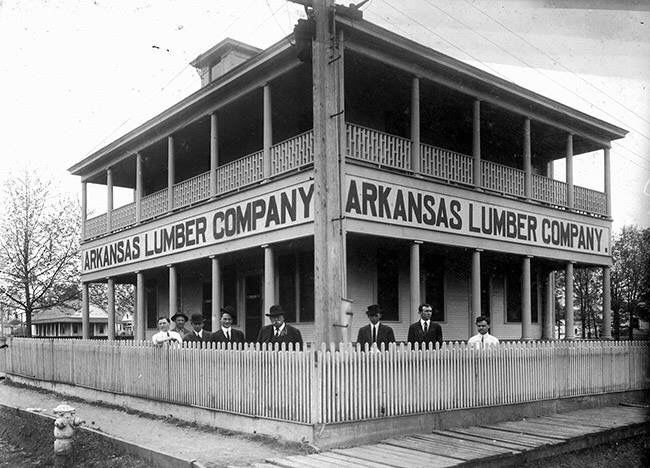 In 1903 the late Mrs. Annie Johnson of Arkansas found herself with two toddling sons, very little money, a slight ability to read and add simple numbers. To this picture add a disastrous marriage and the burdensome fact that Mrs. Johnson was a Negro. When she told her husband, Mr. William Johnson, of her dissatisfaction with their marriage, he conceded that he too found it to be less than he expected, and had been secretly hoping to leave and study religion. He added that he thought God was calling him not only to preach but to do so in Enid, Oklahoma. He did not tell her that he knew a minister in Enid with whom he could study and who had a friendly, unmarried daughter. They parted amicably, Annie keeping the one-room house and William taking most of the cash to carry himself to Oklahoma. Annie, over six feet tall, big-boned, decided that she would not go to work as a domestic and leave her “precious babes” to anyone else’s care.
In 1903 the late Mrs. Annie Johnson of Arkansas found herself with two toddling sons, very little money, a slight ability to read and add simple numbers. To this picture add a disastrous marriage and the burdensome fact that Mrs. Johnson was a Negro. When she told her husband, Mr. William Johnson, of her dissatisfaction with their marriage, he conceded that he too found it to be less than he expected, and had been secretly hoping to leave and study religion. He added that he thought God was calling him not only to preach but to do so in Enid, Oklahoma. He did not tell her that he knew a minister in Enid with whom he could study and who had a friendly, unmarried daughter. They parted amicably, Annie keeping the one-room house and William taking most of the cash to carry himself to Oklahoma. Annie, over six feet tall, big-boned, decided that she would not go to work as a domestic and leave her “precious babes” to anyone else’s care.
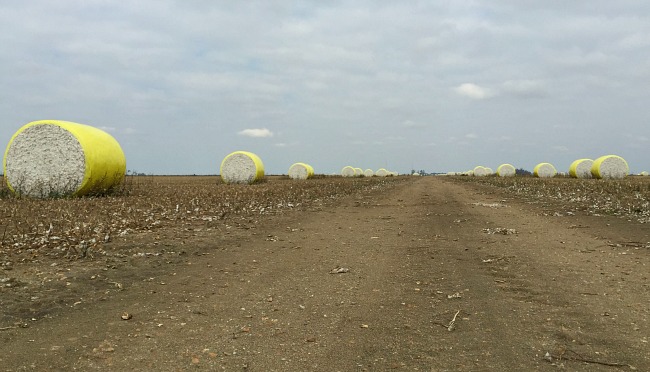

Talya Tate Boerner: “Yes, my sister and I still love cotton. This picture shows the considerable size of round bales.”
http://onlyinark.com/arkansas-women-bloggers/arkansas-cotton./
There was no possibility of being hired at the town’s cotton gin or lumber mill, but maybe there was a way to make the two factories work for her. In her words, “I looked up the road I was going and back the way I come, and since I wasn’t satisfied, I decided to step off the road and cut me a new path.” She told herself that she wasn’t a fancy cook but that she could “mix groceries well enough to scare hungry away and keep from starving a man.” She made her plans meticulously and in secret. One early evening to see if she was ready, she placed stones in two five-gallon pails and carried them three miles to the cotton gin. She rested a little, and then, discarding some rocks, she walked in the darkness to the sawmill five miles farther along the dirt road. On her way back to her little house and her babies, she dumped the remaining rocks along the path.
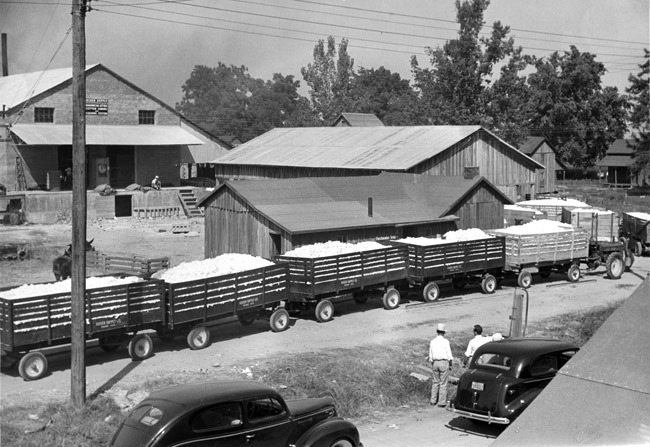
By the 1920s, it seemed that every small town in Arkansas had its own cotton gin.
That same night she worked into the early hours boiling chicken and frying ham. She made dough and filled the rolled-out pastry with meat. At last she went to sleep. The next morning she left her house carrying the meat pies, lard, an iron brazier, and coals for a fire. Just before lunch she appeared in an empty lot behind the cotton gin. As the dinner noon bell rang, she dropped the savors into boiling fat and the aroma rose and floated over to the workers who spilled out of the gin, covered with white lint, looking like specters. Most workers had brought their lunches of pinto beans and biscuits or crackers, onions and cans of sardines, but they were tempted by the hot meat pies which Annie ladled out of the fat. She wrapped them in newspapers, which soaked up the grease, and offered them for sale at a nickel each. Although business was slow, those first days Annie was determined. She balanced her appearances between the two hours of activity. 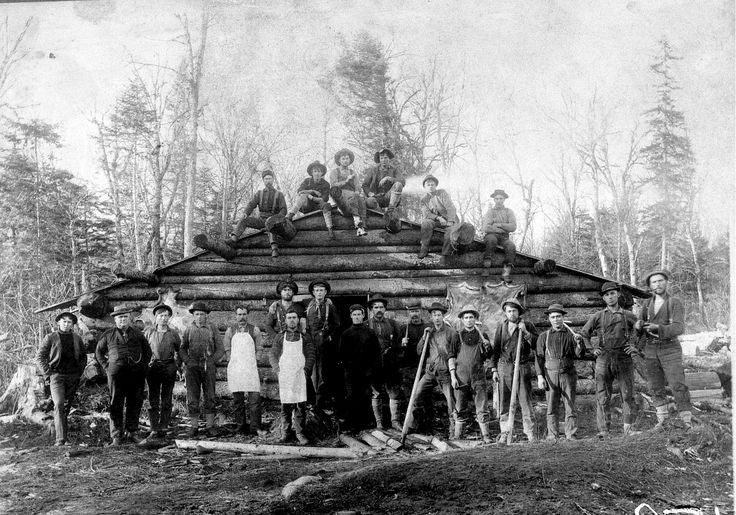
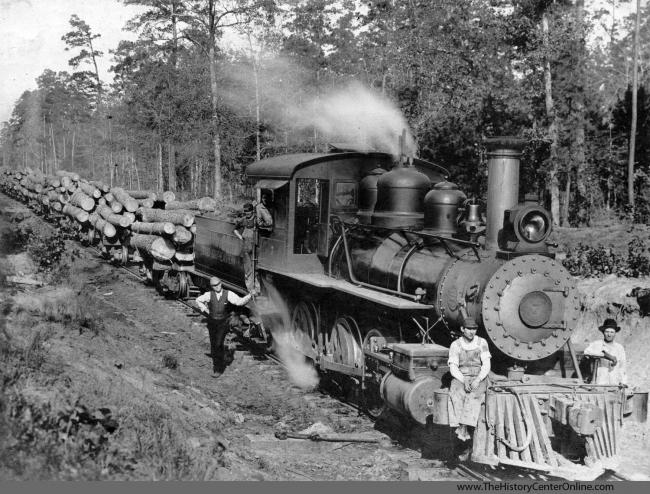
So, on Monday if she offered hot fresh pies at the cotton gin and sold the remaining cooled-down pies at the lumber mill for three cents, then on Tuesday she went first to the lumber mill presenting fresh, just-cooked pies as the lumbermen covered in sawdust emerged from the mill. For the next few years, on balmy spring days, blistering summer noons, and cold, wet, and wintry middays, Annie never disappointed her customers, who could count on seeing the tall, brown-skin woman bent over her brazier, carefully turning the meat pies. When she felt certain that the workers had become dependent on her, she built a stall between the two hives of industry and let the men run to her for their lunchtime provisions. She had indeed stepped from the road which seemed to have been chosen for her and cut herself a brand-new path. In years that stall became a store where customers could buy cheese, meal, syrup, cookies, candy, writing tablets, pickles, canned goods, fresh fruit, soft drinks, coal, oil, and leather soles for worn-out shoes. Each of us has the right and the responsibility to assess the roads which lie ahead, and those over which we have traveled, and if the future road looms ominous or unpromising, and the roads back uninviting, then we need to gather our resolve and, carrying only the necessary baggage, step off that road into another direction. If the new choice is also unpalatable, without embarrassment, we must be ready to change that as well.
Critical Thinking
[1] Respond: What do you admire about Annie Johnson? Explain.
[2] Infer: What does Annie Johnson’s decision suggest about the kind of mother she is?
[3] Evaluate: How would you describe Annie Johnson’s abilities as a businessperson
[4] Draw conclusions: What does he achievement suggest about the human spirit in
general?
[5] Can truth change?
[a] How does the truth of Annie’s life change?
[b] Do you think taking a “new direction” in life is worth the risk of failure? Explain
[6] Literary Analysis:Narrative Essay
Use a chart like the one shown to record three significant details Angelou uses to
describe Annie Johnson and her husband.
What impression of each character does each of these details create?
| Annie Johnson | Annie Johnson’s Husband |
Little Gems of Literature: Holiday reading for Grade 8,9,10 and 11 with bunpeiris in April, August & December at Kandana. bunpeiris@gmail.com 0777 1000 60
Rest of the Holiday Reading
My English by Julia Alvarez
When her family fled the Domnican Republic and returned to new York, Julia Alvarez was ten years old, and Spanish was her primary language. Painfully aware of not fitting in, Julia took refuge in reading and making up stories. She says, “I landed, not in the United States, but in the English language.
